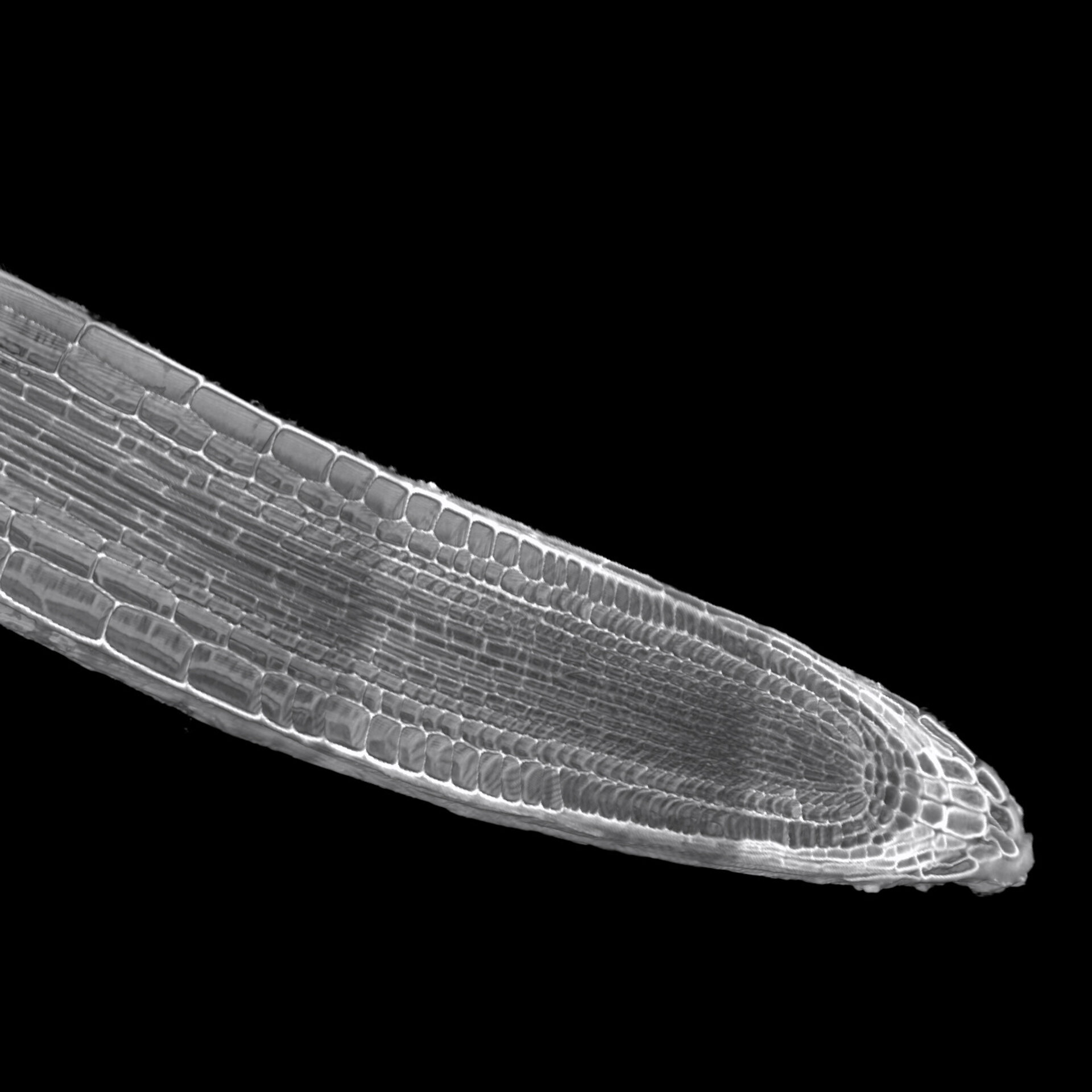Parabolic flights
Riding at the top of the apex on a rollercoaster gives you that unmistakeable feeling that your innards are floating freely inside your body. For a brief moment, your body is weightless until gravity takes hold and you hurtle on to the next corkscrew roll or loop.
Parabolic flights exploit this same feeling but in overdrive. A refitted aircraft flies up and down at 45º angles – at the top of the curve the passengers and experiments experience around 20 seconds of microgravity. Before and after the weightless period increased gravity up to 2g is part of the ride.

Parabolic flights are useful for short-duration scientific and technological investigations in reduced gravity. These flights are the only way to test microgravity with humans without going through lengthy astronaut-training and flights to the International Space Station. For this reason, parabolic flights are often used to validate space instruments and train astronauts before spaceflight.
A typical parabolic flight campaign offers 30 periods of weightlessness per flight with three flights conducted over the course of a week. The aircraft can also fly in arcs that simulate lunar or martian gravity levels by adjusting the angle of attack.
Along with drop tower experiments, experiments flown on parabolic flights are a useful preparation for longer-duration studies on sounding rockets or even the International Space Station. Much useful data can be gathered from parabolic flights and experiments can be tweaked before going further into space.

The advantages for researchers to take their experiments on this rollercoaster ride are short waiting times between submitting a proposal and its flight and as well as the low cost – once a research proposal is accepted, ESA finances the flight. Parabolic flights are hands-on, researchers can join the ride and intervene, modify and monitor experiments as they float around.
ESA’s parabolic flight campaigns for science and technology investigations are generally performed twice a year, in spring and autumn.
Scientists and investigators can submit proposals to run experiments during parabolic flight campaigns under reduced gravity at any time – so do not hesitate to get writing.















 Germany
Germany
 Austria
Austria
 Belgium
Belgium
 Denmark
Denmark
 Spain
Spain
 Estonia
Estonia
 Finland
Finland
 France
France
 Greece
Greece
 Hungary
Hungary
 Ireland
Ireland
 Italy
Italy
 Luxembourg
Luxembourg
 Norway
Norway
 The Netherlands
The Netherlands
 Poland
Poland
 Portugal
Portugal
 Czechia
Czechia
 Romania
Romania
 United Kingdom
United Kingdom
 Slovenia
Slovenia
 Sweden
Sweden
 Switzerland
Switzerland





































